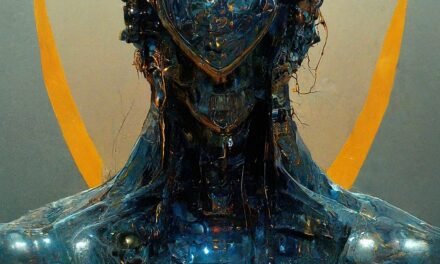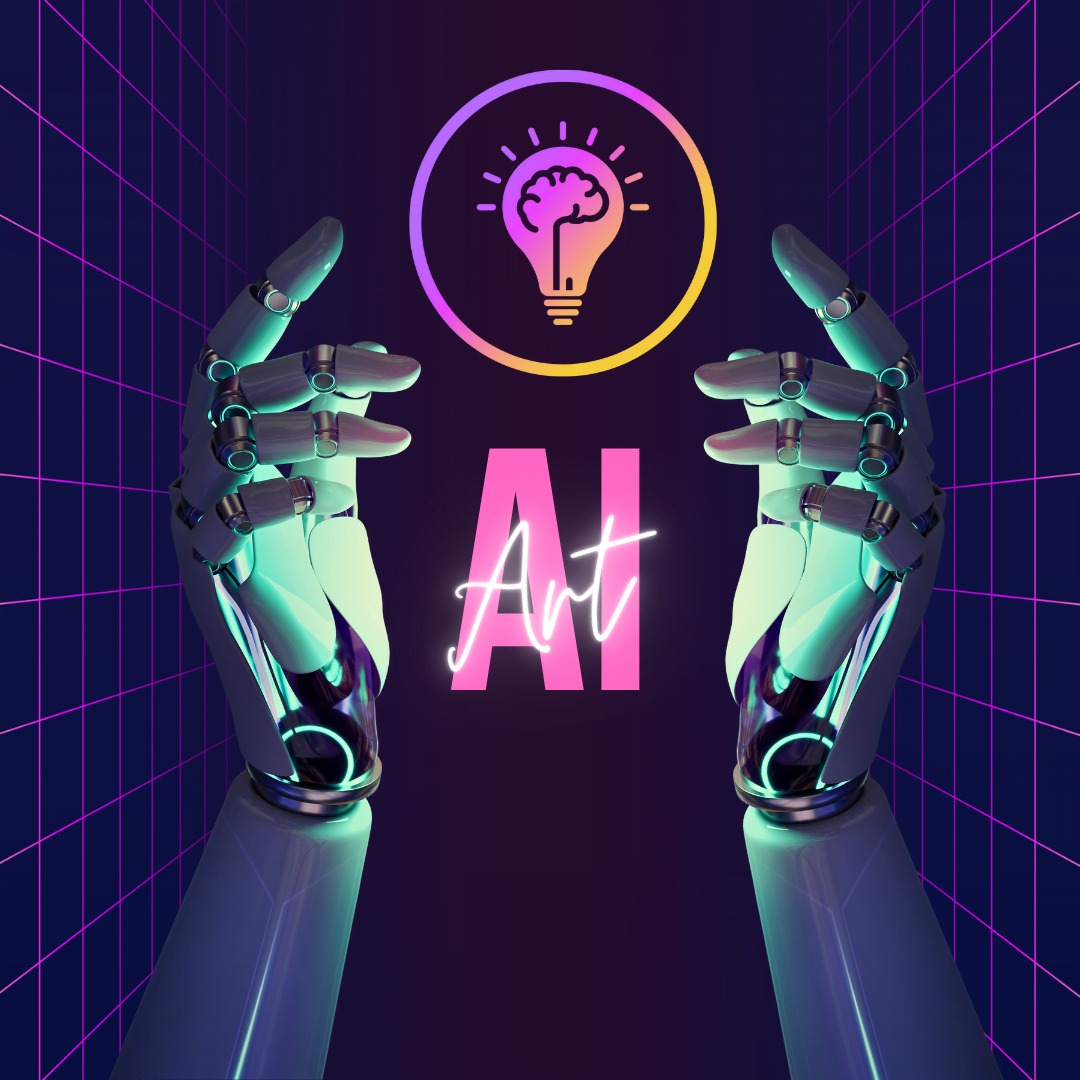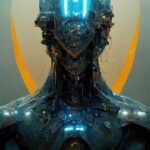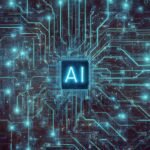Demystifying the Magic: How AI Actually Works
Have you ever scrolled through your social media feed and marveled at how eerily accurate those product recommendations seem? Or maybe you’ve been impressed by the ever-improving ability of your smartphone to understand your voice commands. These are just a few examples of the pervasive influence of Artificial Intelligence (AI) in our daily lives. But how exactly does AI work its magic?
While “artificial intelligence” might conjure images of robots taking over the world (don’t worry, Hollywood got a few things wrong), real-world AI is more about clever algorithms and pattern recognition. Understanding how AI works empowers us to navigate this rapidly evolving technological landscape.
In this blog series, we’ll peel back the layers and explore the inner workings of AI. We’ll delve into concepts like machine learning, neural networks, and deep learning, all focusing on clear, easy-to-understand explanations. We’ll also point you to some key research papers and resources to quench your thirst for deeper knowledge.
Here are a few resources to get you started:
- A Primer on Artificial Intelligence by SAS provides a foundational overview of AI concepts: https://csuglobal.edu/blog/how-does-ai-actually-work
- How does AI work? by CSU Global dives into the role of data and algorithms in AI systems: https://csuglobal.edu/blog/how-does-ai-actually-work
- Artificial Neural Networks by Scholarpedia offers a more technical explanation of this core concept in AI: http://www.scholarpedia.org/article/Deep_Learning
So, buckle up and get ready to unlock the secrets behind the AI revolution!
A Brief History of AI: From Ancient Dreams to Modern Marvels
Artificial intelligence (AI) has become an undeniable force in our world, from composing music to diagnosing diseases. But the dream of creating intelligent machines stretches back much further than you might think. Let’s take a whirlwind tour through the fascinating history of AI and its creation.
Early Inklings: Myths and Machines (Pre-20th Century)
The human fascination with intelligent machines stretches back centuries. Ancient myths like Pygmalion’s creation of Galatea and the Golem of Jewish folklore all explore the idea of artificial beings. In the 17th century, philosophers like René Descartes contemplated the possibility of mechanical minds. While these were purely theoretical, they laid the groundwork for future developments.
- Descartes’ Meditations on First Philosophy (https://plato.stanford.edu/entries/descartes/) explores the nature of mind and body, questioning if machines could ever truly think.
The Birth of AI: From Theory to Reality (1940s–1950s)
The 20th century saw the dawn of artificial intelligence as we know it. The invention of programmable digital computers in the 1940s provided the physical foundation for creating intelligent machines. Pioneering figures like Alan Turing, John McCarthy, and Marvin Minsky began to explore the theoretical underpinnings of AI. The now-famous Turing Test, proposed by Alan Turing in 1950, established a benchmark for measuring a machine’s ability to exhibit intelligent behavior.
- Turing’s seminal paper, Computing Machinery and Intelligence (https://academic.oup.com/mind/article/LIX/236/433/986238) introduced the Turing Test, a test of a machine’s ability to exhibit intelligent behavior equivalent to, or indistinguishable from, that of a human.
- McCarthy, Minsky, Shannon, and Rochester’s Proposal for Research on Artificial Intelligence (https://ai.stanford.edu/) laid the groundwork for the Dartmouth Workshop, a pivotal event in the history of AI research.
The Rollercoaster of Progress: Highs and Lows of AI (1960s–Present)
The field of AI has experienced periods of both exciting breakthroughs and frustrating setbacks. Early optimism in the 1960s gave way to a period of “AI Winter” in the 1970s due to limitations in computing power and theoretical understanding. However, the late 20th and early 21st centuries have witnessed a resurgence in AI research, fueled by advancements in machine learning, deep learning, and big data.
- Nils Nilsson’s paper, The Problem of Knowledge Representation (https://fphil.uniba.sk/fileadmin/fif/katedry_pracoviska/kfdf/Personal/Nuhlicek/Literatura/Epistemologia/Ayer__A._-The_Problem_of_Knowledge__28-34__1956.pdf), published in 1986, addressed a key challenge in AI: how to represent knowledge in a way that machines can understand and reason with.
- The 2016 AlphaGo victory by DeepMind (https://www.nature.com/articles/nature24270) marked a significant milestone in AI, showcasing a machine’s ability to surpass human experts in a complex game.
This brief historical journey highlights the long and fascinating path of AI development. As we move forward, understanding the history of AI provides valuable context for appreciating its current capabilities and considering its future potential.












